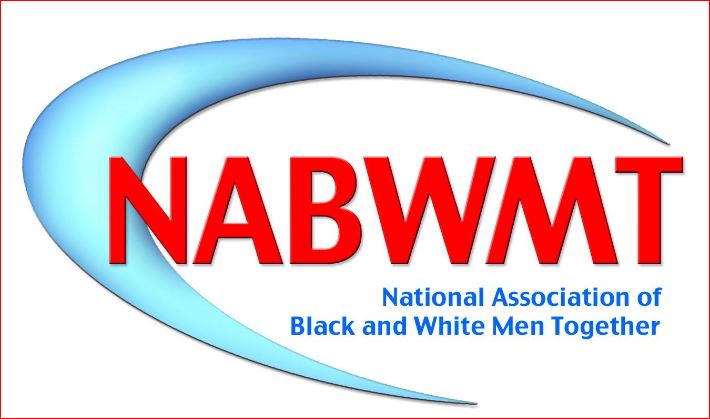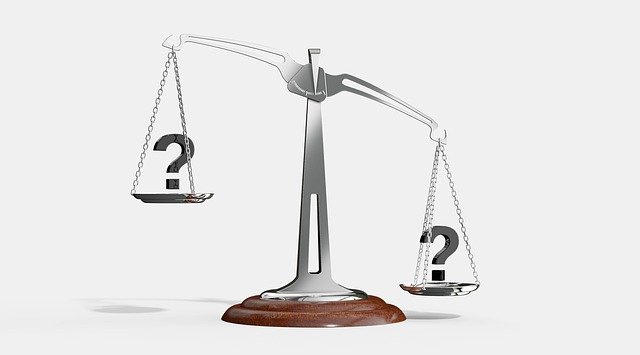
SCOTUS (the Supreme Court} starts again on Monday and will feature major disputes on affirmative action, voting, religion, free speech and gay rights.As we approach the midterms get ready for a lot of 6-3 right wing judgments. So, SCOTUS will be another reason to vote to protect your rights
The last SCOTUS term ended with a series of judicial bombshells that eliminated the right to abortion, established a right to carry guns outside the home and limited efforts to address climate change.
In its new term, the SCOTUS will hear a case concerning the owner of a website design company who objects to providing wedding-related services to same-sex couples.
Several of the biggest cases concern race, in settings as varied as education, voting and adoptions.
They include challenges to the race-conscious admissions programs at Harvard and the University of North Carolina. As in last term’s abortion case, Dobbs v. Jackson Women’s Health Organization, longstanding precedents are at risk.
The court has repeatedly upheld affirmative-action programs meant to ensure educational diversity at colleges and universities, most recently in 2016. In an interview that year, Justice Ruth Bader Ginsburg said the issue had been permanently settled.
“I don’t expect that we’re going to see another affirmative action case,” she said, “at least in education.”
In that same interview, though, she said she feared what would happen were Donald J. Trump, then on the campaign trail, to become president.
The marquee cases of the new term are challenges to the race-conscious admissions programs at Harvard and the University of North Carolina, where longstanding precedents are at risk.
As you know, Trump named three members of the Supreme Court, including Justice Amy Coney Barrett, who succeeded Justice Ginsburg after her death in 2020.
In another case, 40 years of affirmative action precedents may be at risk.
The Grutter v. Bollinger 2003 decision in which the SCOTUS endorsed holistic admissions programs, saying it was permissible to consider race as one factor among many to achieve educational diversity.
Writing for the majority in that case, Justice Sandra Day O’Connor said she expected that “25 years from now,” the “use of racial preferences will no longer be necessary.”
The court seems poised to say that the time for change has arrived in two new cases, Students for Fair Admissions v. Harvard, and Students for Fair Admissions v. University of North Carolina.
The role race may play in government decision-making also figures in a voting rights case Merrill v. Milligan. The case is a challenge under the Voting Rights Act to an Alabama electoral map that a lower court had said diluted the power of Black voters.
In earlier decisions, SCOTUS effectively gutted Section 5 of the Voting Rights Act, which had required federal approval of changes to state and local voting laws in parts of the country with a history of racial discrimination .
They also cut back on Section 2 of the law, limiting the ability of minority groups to challenge voting restrictions. The Alabama case also concerns Section 2, but in the context of redistricting.
SCOTUS will hear two election cases in the new term, one involving voting maps and another the power of state legislatures.
The justices may conclude that these cases all present variations on the same question. SCOTUS could announce a set of rules that, together, read the Constitution to allow virtually NO consideration of race, regardless of the purposes or goals/
And the case: 303 Creative L.L.C. v. Elenis, could return the court to a battleground in the culture wars: whether some businesses open to the public may refuse to provide services to potential customers based on religious or other convictions.
The case concerns Lorie Smith, who owns a website design company that says it serves gay customers but intends to limit its wedding-related services to celebrations of heterosexual unions. She argues that requiring her to provide those services to gay and lesbian couples violates her right to free speech.
Back to the Dobbs abortion decision.
The justices in the majority disagreed about whether the logic of that ruling should require reconsideration of other landmark decisions, including one establishing a constitutional right to same-sex marriage. The new case does not squarely present that question, but the court’s ruling may provide hints about the justices’ commitment to protecting gay rights and, more generally, how fast it means to move to the right.
The court’s recent conservative decisions led its approval ratings to plummet. In a Gallup poll released on Thursday, 58 % of Americans said they disapproved of the job the Supreme Court was doing, the highest rate since 2000.
Public dissatisfaction has spread to the federal judiciary as a whole, with just 47 percent of Americans saying they had “a great deal” or “a fair amount” of trust in the judicial branch. That is a drop of 20 percentage points from two years ago, and the lowest since the question was first asked in 1972.
In an extraordinary series of public appearances over the summer, several justices discussed whether unpopular decisions and falling approval ratings threatened the court’s legitimacy.
Chief Justice John G. Roberts Jr. said at a judicial conference that he didn’t understand the connection between opinions that people disagree with, and the legitimacy of the court.
He went on to say: “You don’t want the political branches telling you what the law is, and you don’t want public opinion to be the guide of what the appropriate decision is.”
I maintain that when you go too far, too fast, people will see the court as nothing more than the judicial wing of the conservative political movement.
The court has near-total power to decide which cases it will hear. The court agreed to hear many of the major cases in the coming term despite a lack of such conflicts, an indication that the new majority is pursuing an agenda and setting the pace of change.
So, what are we to do about this? The best avenue for this is for us to vote in November and help get out the vote by calling our friends, family, neighbors, and allies to do likewise. Our democracy is at stake!

